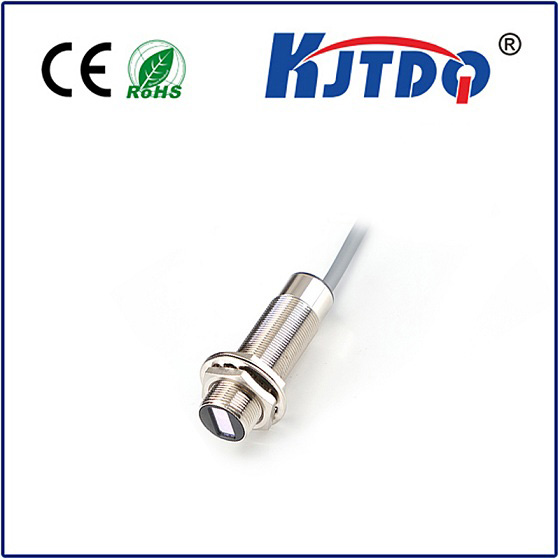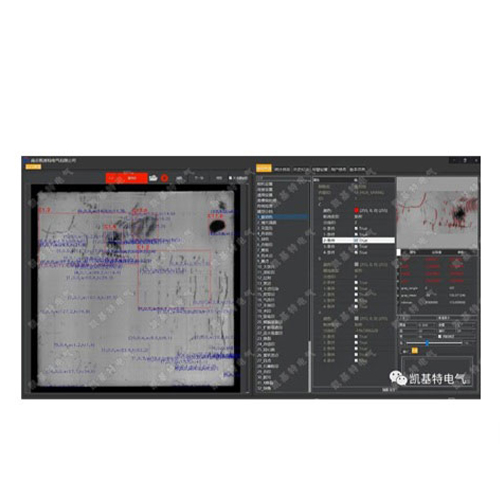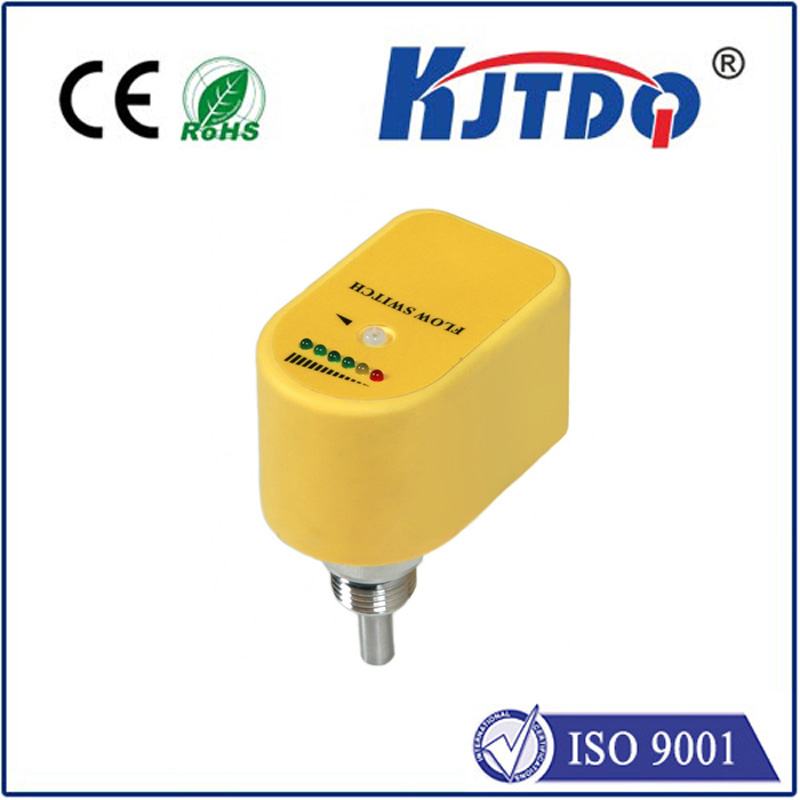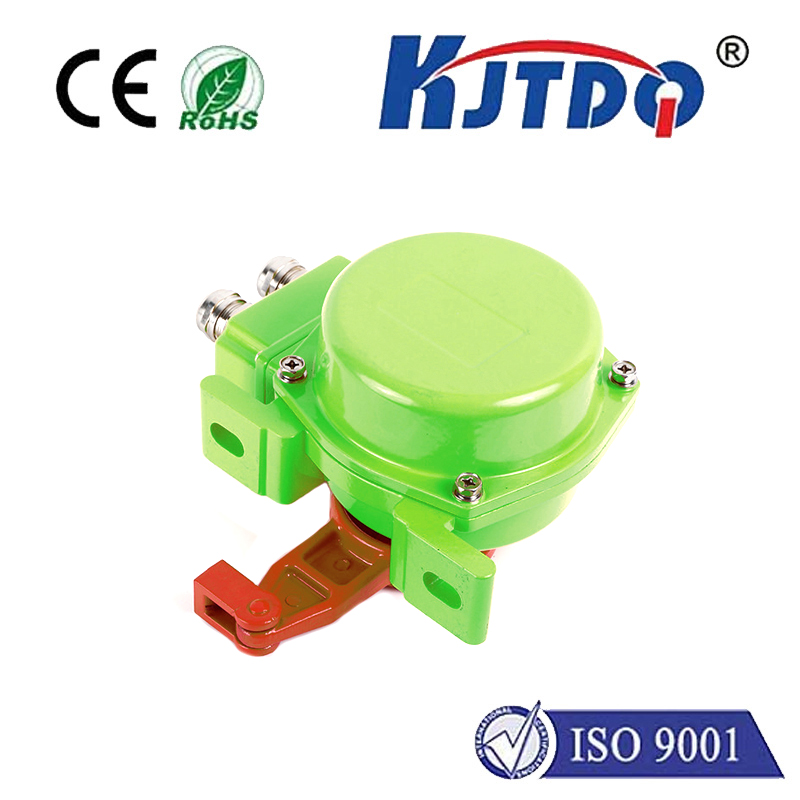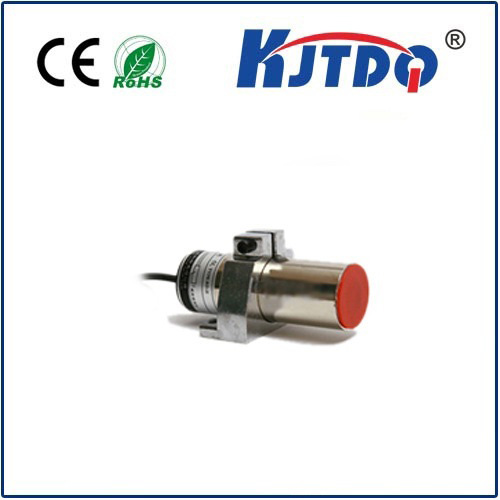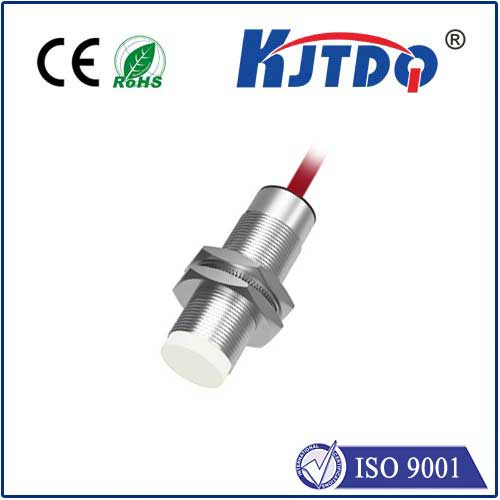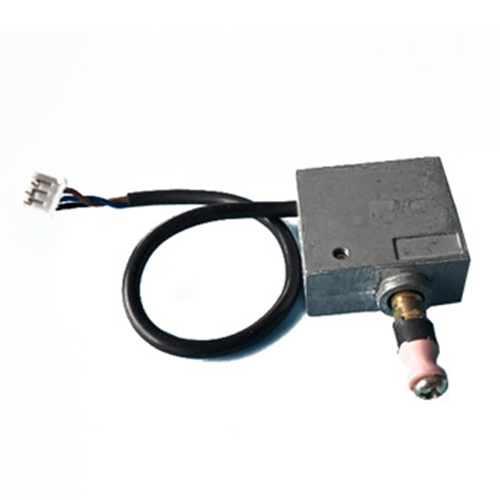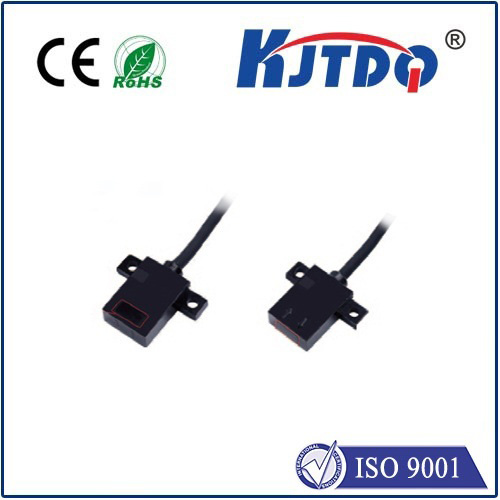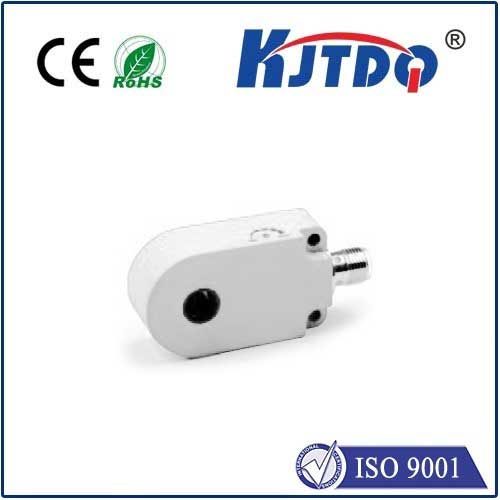capacitive proximity sensor
- time:2025-07-01 11:33:49
- Click:0
Beyond Touch: Capacitive Proximity Sensors Revolutionizing Detection
Imagine technology that senses your presence before you even make physical contact. A device that detects objects seemingly by magic, working through barriers like glass or plastic. This isn’t science fiction; it’s the everyday reality powered by capacitive proximity sensors. These ingenious electronic components have quietly become the backbone of countless modern conveniences and industrial safeguards, enabling touchless control and human presence detection with remarkable reliability. Let’s dive into how these fascinating sensors work and where they make a tangible difference.
Unlike their magnetic or optical counterparts, capacitive proximity sensors operate on the principles of electrical field interaction. At their core lies an electrode that functions much like one plate of an invisible capacitor. When an electrical charge is applied to this electrode, it generates an electrostatic field extending outward into the sensing area. This field is the key.
How Does the Magic Happen? The Core Principle

- The Baseline State: The sensor’s internal oscillator circuit generates a stable, known signal when nothing is within its detection range. The surrounding air is a poor conductor (low dielectric constant), barely influencing the field.
- Disturbance in the Field: When a target object enters this electrostatic field, the game changes. The object doesn’t need to be conductive! Its presence alters the field’s characteristics. Crucially, any material has a different ability to store electrical energy (a higher dielectric constant) compared to air. This includes:
- Conductive Materials: Metals, humans (containing water and ions), water itself. These distort the field significantly.
- Non-Conductive Materials: Wood, plastic, glass, liquids, ceramics, powders, grains. These change the capacitance of the system by altering the dielectric properties of the space between the electrode and the ground reference.
- Capacitance Change: This intrusion increases the total capacitance measured by the sensor. Think of capacitance as the system’s ability to store an electrical charge – the presence of the target material enhances this capacity.
- Circuit Reaction: The sensor’s sophisticated electronics continuously monitor the oscillator circuit. The increase in capacitance causes a detectable shift – either a change in oscillation amplitude or frequency.
- Output Signal: Once this shift exceeds a predetermined threshold (the sensing range parameter), the sensor triggers its solid-state output switch. This instantly sends a signal, indicating an object is detected.
Why Capacitive Proximity Sensors Shine: Key Advantages
Their unique operating principle grants them significant benefits over other sensing technologies:
- Detection Through Barriers: A major strength! They can reliably sense non-metallic targets through non-conductive materials like glass, plastic panels, thin walls, or containers. This enables unique packaging, safety enclosures, and sealed designs.
- Versatility in Targets: They excel at detecting liquids, granular materials, powders, wood, and biological entities (like human hands or presence) – situations where optical or inductive sensors fail.
- Resilience to Environment: Unaffected by dirt, dust, fog, oil mist (non-conductive), or ambient light conditions that plague optical sensors.
- Contactless Operation: Enables touchless interaction (faucets, light switches) and prevents wear and tear since nothing physically touches the target.
- Solid-State Reliability: No moving parts make them highly reliable and long-lasting.
Where You’ll Find Them: Diverse Applications
The versatility of capacitive proximity sensors drives their adoption across countless sectors:
- Industrial Automation:
- Level Sensing: Detecting fill levels of liquids, pellets, powders, or granules in tanks, hoppers, and silos, even through plastic or glass walls.
- Presence Detection: Verifying parts on a conveyor belt, checking material presence in feeders, confirming container lids are closed.
- Touchless Control: Operator interfaces on machinery where glove use or dirty environments make buttons impractical.
- Consumer Electronics & Appliances:
- Smartphones & Tablets: The primary technology behind touchscreens (mutual capacitance variant).
- Touchless Faucets/Sinks: Activating water flow without physical contact for hygiene and convenience.
- Touchless Soap Dispensers: Similar hygiene benefits.
- Touch Control Panels: On stoves, ovens, microwaves, coffee machines - sleek, easy-to-clean interfaces.
- Automotive:
- Interior Lighting: Activating cabin lights when a hand approaches.
- Keyless Entry/Start: Detecting the presence of the key fob inside the vehicle.
- HMI Controls: Touch-sensitive buttons and sliders on dashboards and consoles.
- Security & Building Automation:
- Human Presence Detection: Triggering security alarms or occupancy sensing for lighting/HVAC control in rooms.
- Object Detection: Sensing intruders near sensitive areas or detecting vehicles at gates.
Important Considerations: Limitations and Nuances
While incredibly versatile, understanding their boundaries is crucial:
- Sensing Range: Generally shorter than inductive sensors (often millimeters to tens of millimeters, though specialized versions exist). Highly dependent on the target material’s size and dielectric properties. Larger objects with higher dielectric constants are detected farther away.
- Environmental Interference: Proximity to large metal structures (ground planes/earth) or conductive objects can influence the baseline field. Careful mounting is needed. Strong electromagnetic fields can also cause false triggers.
- Material Dependency: Detection range varies significantly based on the target material. Adjusting sensitivity is often required for different applications.
- False Trigards: Accumulation of conductive debris (like metal shavings) or condensation on the sensor face can cause false detections.
Capacitive proximity sensors, operating through the subtle dance of electrical fields, offer a unique and powerful solution for detecting a vast array of materials without physical contact. Their ability to work through non-conductive barriers and sense non-metallic targets, combined with robust solid-state reliability, makes them indispensable in industrial automation, modern appliances, touchless interfaces, human presence detection, and countless other applications. By harnessing the fundamental properties of capacitance and dielectric fields, these sensors provide the invisible touch that drives efficiency, hygiene, and innovative interaction in our increasingly automated world.






